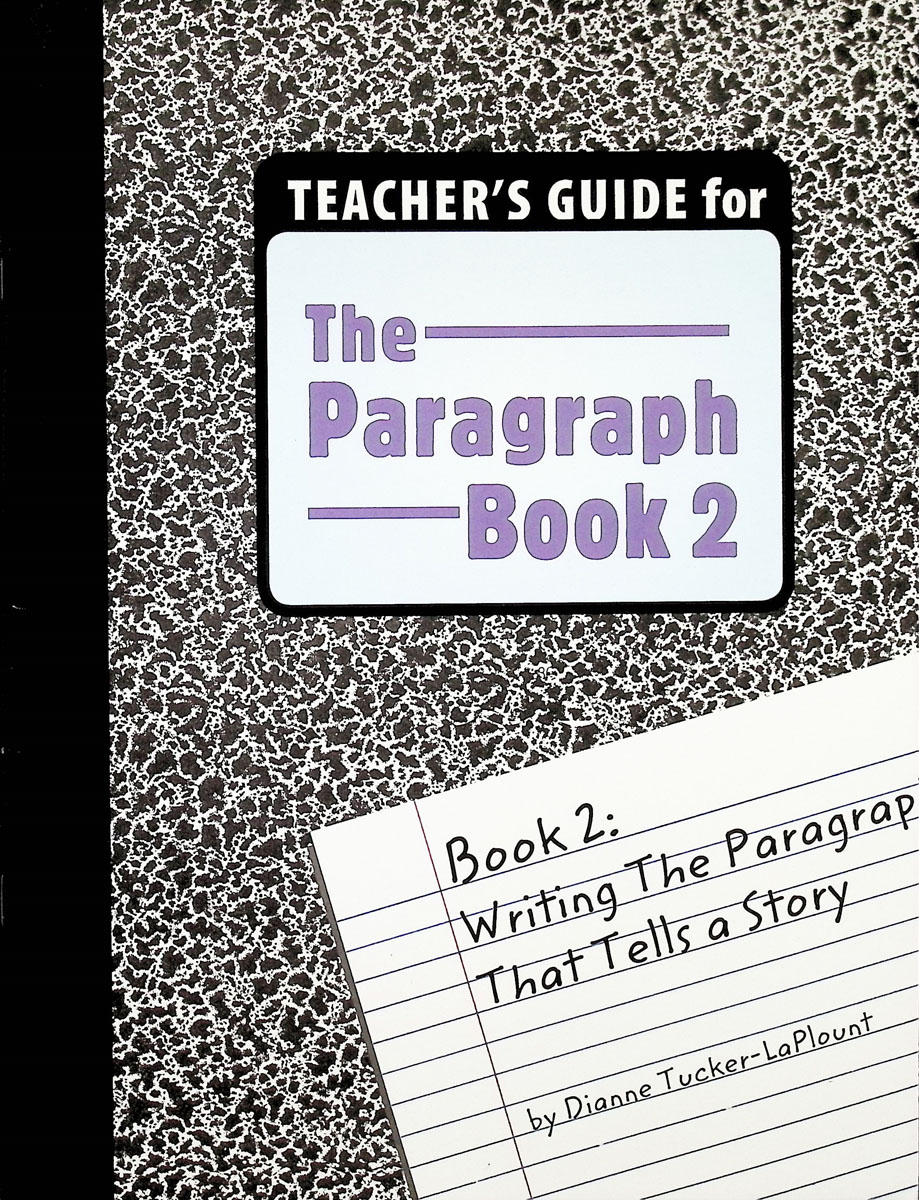Book One is geared toward teaching students how to write an instructional paragraph using the FNTF formula: First, Next, Then, Finally. The book first describes the How-to paragraph, gives examples, and has students dissect paragraphs using multiple choice and short answer questions. Once students are familiar with the purpose and style of a How-to paragraph, they make their own using provided prompts. Students then learn how to edit and format paragraphs with instruction given on margins, editing marks, and more. Students then edit sample paragraphs. The book then provides various lessons for using correct capitalization, punctuation, subjects, and verbs. Thought content of the paragraphs is then covered and students gain practice in reviewing if paragraphs make sense, correcting ones that don't, and making more of their own paragraphs. Once students have become familiar with reading, writing, and editing paragraphs, the last chapter of the book instructs students on how to write a whole How-to essay using the same step-by-step process they have learned for paragraphs.
Book Two in the series continues to teach the FNTF method for writing paragraphs, only this time looking at: Writing the Paragraph that Tells a Story. It begins with a review of Book One, covering especially all of the editing steps. Then, in lesson one, students are introduced to paragraphs that tell a story, or narrative paragraphs, and the differences between factual and fictional story paragraphs. The next few lessons teach about using transition words to go from one idea to another, subjects (or the person and the point of view of a paragraph), the right verbs to use and when to use them, titles and beginning sentences, adding speech to a paragraph, word mistakes (missing words, double words, words with dropped endings, words in the wrong order, and words that are simply wrong - do not make sense or are not grammatically correct), and adding openers and closers to make a three-part paragraph. The final lesson in the book takes students from writing a single paragraph story to a story that will contain four or more paragraphs. Each lesson ends with a review and a quiz.
Book Three teaches about the expository paragraph in three forms: the paragraph that names things, the example paragraph, and the paragraph that tells why. Each is outlined and taught separately, and the focus throughout is on clarity, precision, and relevance. Students learn about the three-part paragraph and the number formula, continue to use lists and graphic organizers, develop the different parts of a paragraph, work some more on transitions, learn the difference between facts and opinions, how to use the topic sentence, using quantity terms in the topic sentence, concluding the paragraph, and expanding both the introduction and the middle of your paragraphs. Finally, students are shown how to expand their expository paragraph into an expository essay.
Book Four reviews the expository paragraph taught in Book Three and then focuses on classifying, comparing, cause and effect, and persuasive paragraphs. Students will observe and categorize information from expository paragraphs and then write paragraphs that classify. They will learn to add "backup" sentences to their writing, which provides more detail to paragraphs and also practice writing topic sentences for paragraphs that classify. They will learn how to most effectively group information in paragraphs and how to contrast details. Cause and effect is also explored, and students practice writing sentences and then paragraphs about something causing something else to happen. Students then learn how to write topic sentences that tell their point of view and explore persuasive paragraphs. Students practice writing persuasive paragraphs and then write a several-paragraph persuasive essay. With reviews after each main topic, lots of examples and diagrams along the way, very clear teaching points, and uncluttered pages, the consumable student books in this series provide great help in improving your student's writing.
The teacher's guides are a valuable resource. Besides describing how to use the book and giving lesson plans with answer keys to the exercises, each guide provides a quick diagnostic assessment, scoring and correcting procedures, suggested teaching techniques, assignment sheets to duplicate, and quizzes to give students after each lesson in the book. The Paragraph Books are consumable. ~ Rachel S. and Zach


